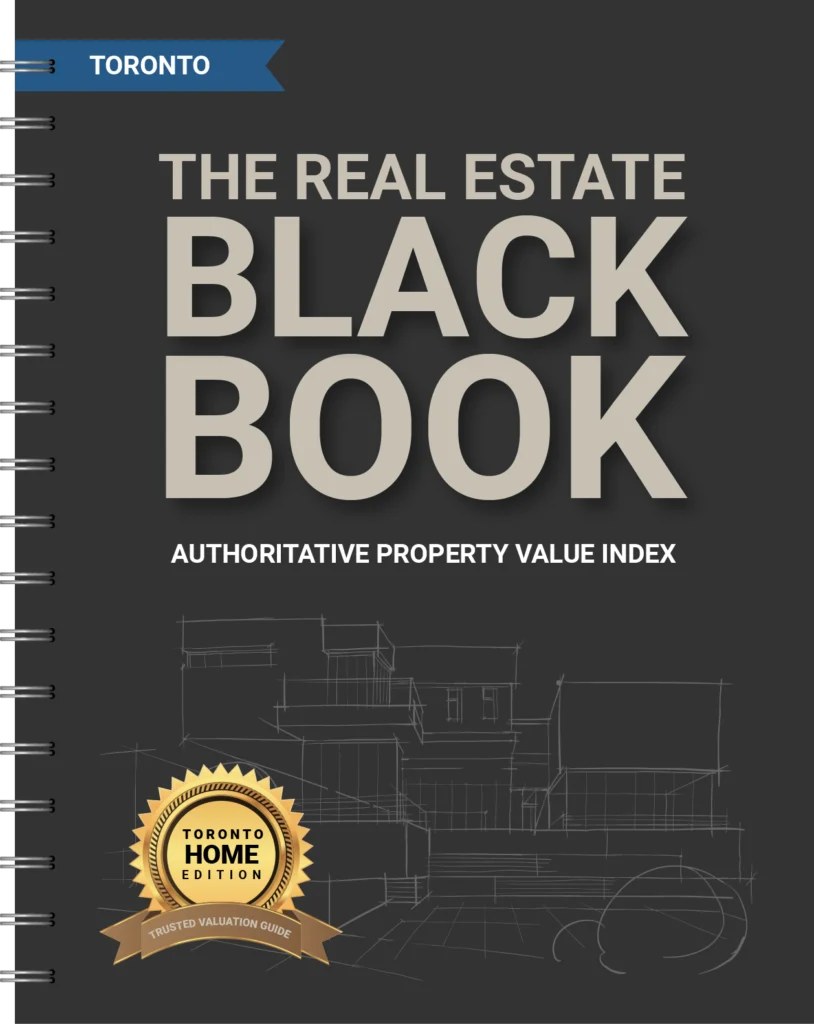The introduction of a 30-year amortization period for insured mortgages, effective December 15, 2024, is a transformative change in Canada’s housing market. Targeting first-time buyers and purchasers of new builds, the new rule aims to ease monthly payments and improve affordability. However, this extended amortization period comes with its own set of advantages and disadvantages.
This blog delves into the benefits and challenges of 30-year amortizations, particularly in the context of Toronto’s dynamic real estate market. It provides insights for buyers and homeowners navigating this new landscape.
What Is the New 30-Year Amortization Rule?
Under the revised rules, insured mortgages now allow for a maximum amortization period of 30 years. This option is available to:
- First-Time Homebuyers: Buyers entering the housing market for the first time.
- New Builds: Those purchasing newly constructed properties.
Previously, insured mortgages were capped at a 25-year amortization period. By extending the term to 30 years, the government aims to make homeownership more attainable by lowering monthly payments. However, the total cost of borrowing over the loan term increases, which raises questions about its long-term viability for some buyers.
The Positives of a 30-Year Amortization
The extended amortization period offers several benefits, especially for buyers struggling to enter the market.
1. Lower Monthly Payments
- A 30-year mortgage spreads payments over a longer term, reducing monthly costs.
- This is particularly beneficial for first-time buyers and those purchasing in high-priced markets like Toronto.
2. Increased Buying Power
- With lower payments, buyers can qualify for larger loans.
- This can open doors to homes in better neighbourhoods or with more features.
3. Improved Cash Flow Management
- Reduced monthly payments allow for greater flexibility in managing other expenses, such as renovations, childcare, or savings.
4. Better Accessibility
- By making housing more affordable, the 30-year term supports the government’s broader goal of increasing access to homeownership for Canadians.
For many, these benefits outweigh the drawbacks, particularly when affordability is a primary concern.
The Negatives of a 30-Year Amortization
Despite its advantages, the 30-year amortization also presents challenges that buyers need to consider.
1. Higher Total Interest Costs
- Spreading payments over a longer term significantly increases the interest paid over the life of the loan.
- Buyers need to weigh the lower monthly payment against this added cost.
2. Slower Equity Growth
- Smaller monthly principal payments mean it takes longer to build equity in your home.
- This could be a disadvantage if you plan to sell or refinance in the near future.
3. Increased Financial Risk
- In fluctuating markets like Toronto, slower equity growth can leave homeowners vulnerable during price downturns.
- Homeowners might owe more than their home is worth if the market declines.
4. Delayed Financial Goals
- Extending payments into retirement years may interfere with long-term goals, such as saving for retirement or investing in other assets.
Buyers should evaluate these drawbacks in light of their financial priorities and future plans.
Is a 30-Year Amortization Right for You?
Determining whether a 30-year amortization is suitable depends on your specific circumstances.
Monthly Budget
If managing monthly expenses is your primary concern, a 30-year amortization can help. Lower monthly payments make it easier to balance mortgage obligations with other costs, such as utilities, groceries, and savings. This is especially important for first-time buyers adjusting to the costs of homeownership.
Total Cost Awareness
It’s essential to understand the long-term financial implications. While the reduced monthly payments are appealing, the added five years increase the total interest paid significantly. Buyers must decide whether the short-term affordability is worth the higher overall cost.
Future Plans
If you plan to move, sell, or refinance in the next few years, a 30-year amortization might not be the best choice. The slower pace of equity growth could limit your ability to leverage the property or make significant gains from a sale.
Market Conditions
Toronto’s market conditions can also influence whether a 30-year amortization makes sense. In a rising market, slower equity growth may be offset by increasing property values. In contrast, a declining market could pose greater financial risks. By carefully considering these factors, you can decide if the extended amortization aligns with your financial goals and housing needs.
Impact on Toronto’s Housing Market
Toronto’s real estate market, known for its high demand and limited inventory, is likely to experience notable shifts due to the 30-year amortization option:
- Boosted Demand for Affordable Housing: Entry-level homes and condos may see increased interest as buyers leverage the lower payments to enter the market.
- Potential Price Stabilization: The extended term might reduce bidding wars in certain segments, allowing for more balanced price growth.
- Greater Investor Activity: Investors could find the lower monthly payments attractive for acquiring rental properties, particularly in high-demand areas.
These changes could reshape buyer behaviour and property values across Toronto.
Tips for Making the Most of a 30-Year Amortization
If you choose a 30-year amortization, consider these strategies to maximize its benefits:
- Make Additional Payments: Whenever possible, make extra payments toward the principal to reduce the loan term and total interest costs.
- Shop Around for Rates: Compare multiple lenders to find the best mortgage rate for your needs.
- Plan for the Long Term: Factor in potential life changes, such as job transitions or retirement, when choosing an extended term.
- Stay Market-Aware: Keep an eye on Toronto’s market trends to adapt your financial strategy if needed.
By approaching the extended term strategically, you can enjoy the benefits while mitigating the downsides.
Conclusion
The 30-year amortization period is a significant step in addressing housing affordability in Canada. It provides much-needed flexibility for buyers, especially first-time homeowners, by lowering monthly payments and increasing accessibility. However, the higher total interest costs and slower equity growth are important considerations.
For Toronto buyers and homeowners, the decision to opt for a 30-year amortization should be guided by personal financial goals, future plans, and an understanding of the local market. With careful planning, this option can help you achieve your homeownership dreams while maintaining financial stability.



